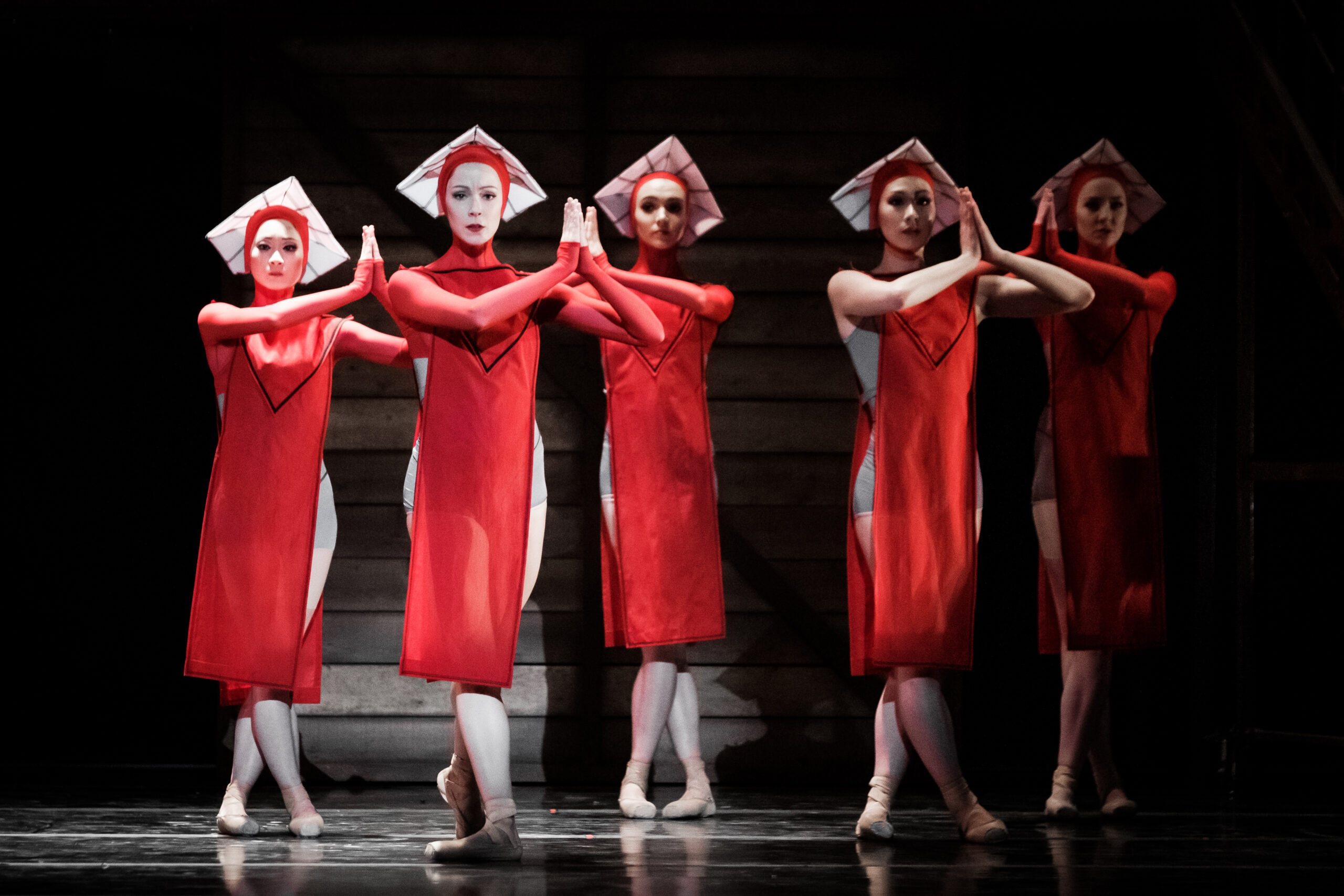In the closing scene of The Handmaid’s Tale, choreographed by Lila York for Royal Winnipeg Ballet and based on Margaret Atwood’s dystopian novel, peace washes over the stage. Arvo Pärt’s celestial music accompanies the lead dancer in a seamless, spiraling solo evocative of a cloud-borne dream. In the book, the central character’s fate is left ambiguous, but York chose to leave the audience with a sense of hope and possibility. She wanted to give the viewers a way out, she says, after the intensity of Atwood’s cautionary vision of a world without autonomy or reproductive rights.
“The novel is so powerful, and so plausible,” says York. “The loss of liberty depicted in the book really jarred me. It wasn’t my job to politicize it. All you can do, as an artist, is put out a warning signal.”
York is among a growing number of ballet choreographers turning to modern literature as a basis for their work. The weaving together of movement and language into art seems natural and inevitable, given ballet’s long history as a narrative art form, and our current cultural infatuation with visual storytelling as a means of communication. Yet choreographers’ interest in tying ballet directly to literature is a notable turnaround from the 20th century’s Balanchine-influenced rise of abstract, plotless ballets.
Using ballet vocabulary to retell the works of great writers is fraught with potential pitfalls. But the medium of dance can also illuminate a book (or short story, or play) afresh, encouraging new dialogue, questioning, connection, and, yes, hope.
Ballet as a Storytelling Art
The history of ballet as a storytelling art reaches back to even before the French Romantic era, and continued under Petipa, when ballet “began its transformation from popular to high art,” says dance historian Elizabeth Kendall. “You could argue that Sleeping Beauty was based on written text—tales collected by Charles Perrault—and the gestures of Vaganova training are somewhat narrative.”
But ballets inspired by contemporary literature (rather than classics, myths, or fairy tales) were rare. Notably, in 1952 Valerie Bettis choreographed A Streetcar Named Desire for the Slavenska-Franklin Ballet (later performed by American Ballet Theatre and Dance Theatre of Harlem), breaking new ground by using the symbolism and idiomatic language of dance to present a visually gripping take on the complex social themes of Tennessee Williams’ play.
Translating Books Into Dance
Cathy Marston was idly browsing in a British bookstore when the cover of Charles Webb’s The Graduate caught her eye. With a commission from San Francisco Ballet on her agenda, the concept of reworking the story with a different light on the iconic character of Mrs. Robinson sprang to mind. The story and its film version had painted a picture of her as a pitiful, lonely alcoholic, but Marston wanted to go deeper. “What if Mrs. Robinson had read and been inspired by the feminist movement? Would she have joined the revolution?” Marston asks. “I love investigating characters from a different perspective, looking at who they are and what they stand for, and turning those ideas on their head. There’s a lot of freedom, actually, to fill in the space between the words that have been written.”
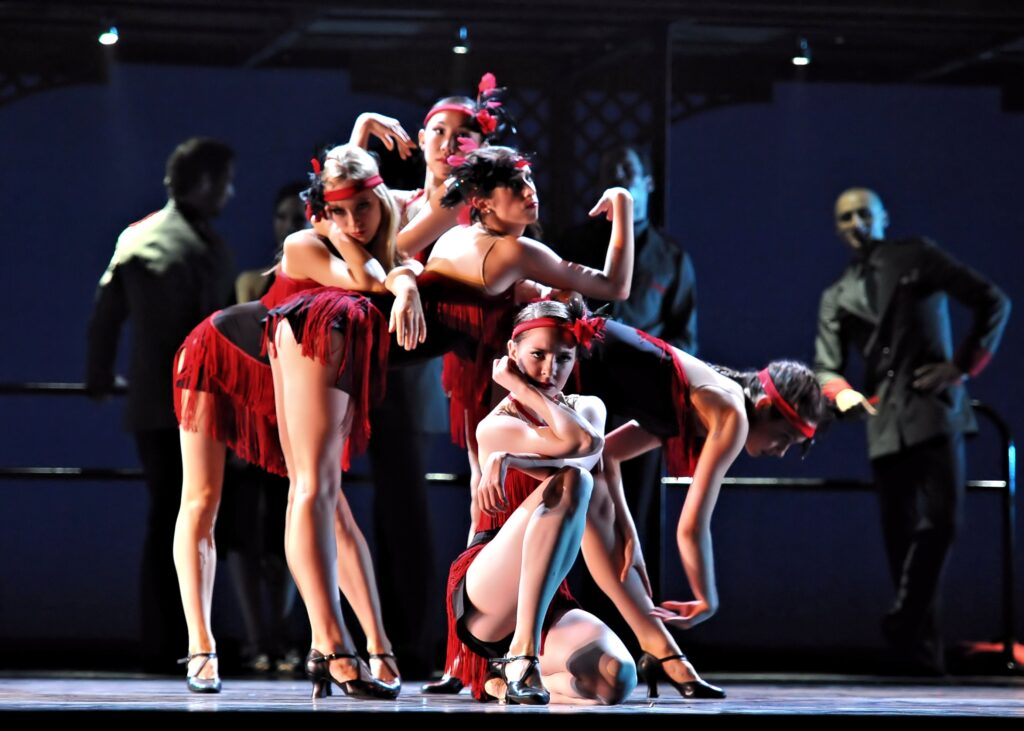
But why make a ballet based on the book instead of simply choreographing a piece about feminism? Marston finds that character specificity encourages empathy. “If you have a pas de deux about love, I want to know who’s in love and why,” she says. “It’s about joining the dots and creating something that takes you on a journey. For me, choreographing a single idea or set of ideas doesn’t do that.”
Respecting Plot While Speaking to the Present
In 2020, after taking part in a roundtable discussion on the relevance of ballet, choreographer Iyun Ashani Harrison came away wondering how he could continue making work that mattered in a time when racial, social, and cultural precedents were being vigorously challenged. One of the reasons he decided to choreograph an adaptation of James Baldwin’s 1956 novel Giovanni’s Room was that he resonated personally with David, its main character.
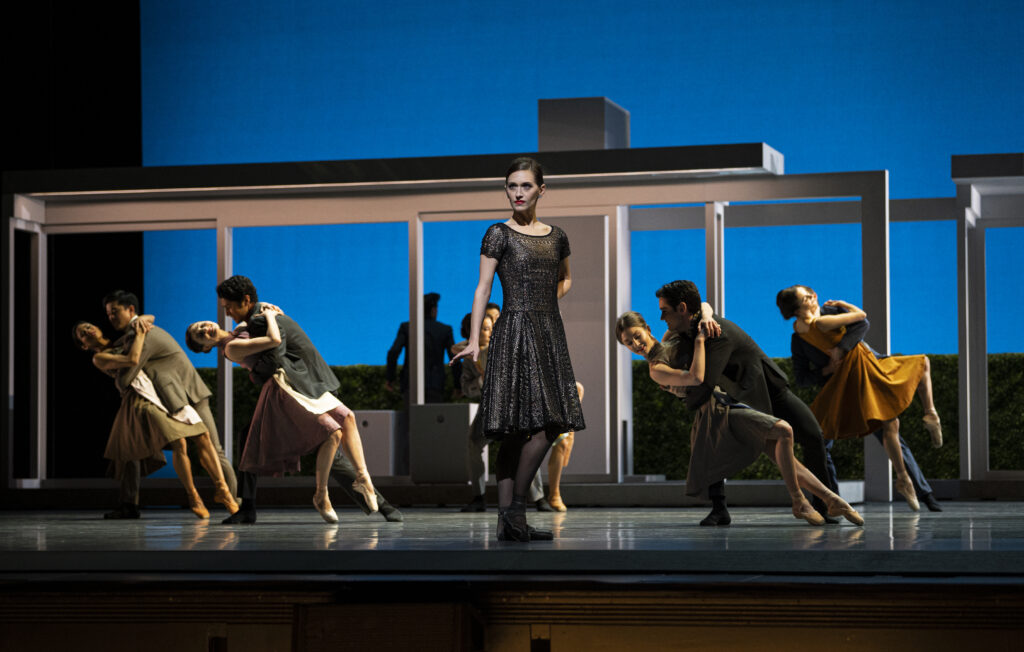
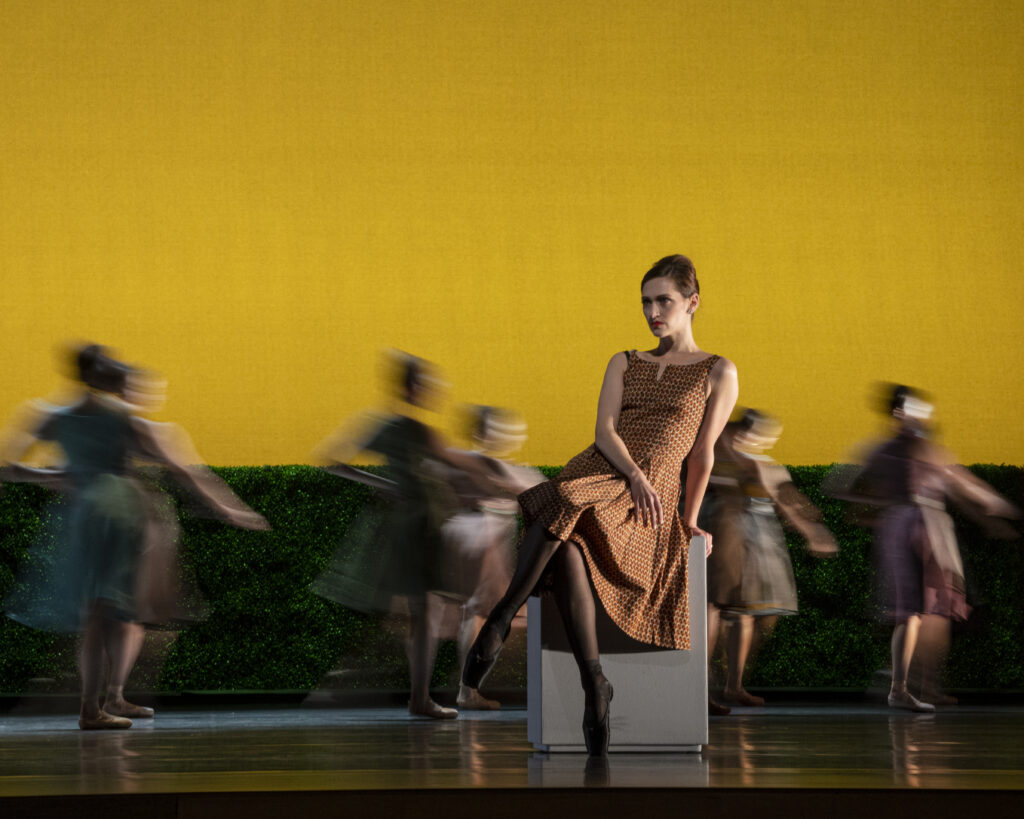
“One of the things that came out of 2020 is that the stories we tell are important,” Harrison says. “Giovanni’s Room is one of Baldwin’s strongest works, yet one that people are least aware of. I thought, Let’s elevate that.”
Scholars admire the book for its poignant representations of queer life at a time when such depictions were all but verboten in mainstream U.S. literary culture. In his adaptation for his company, Ballet Ashani, Harrison saw a chance to create dialogue about the book’s themes by situating Baldwin’s characters in a world that reflects his own—and many others’—experiences, without losing the specificity of its plot.
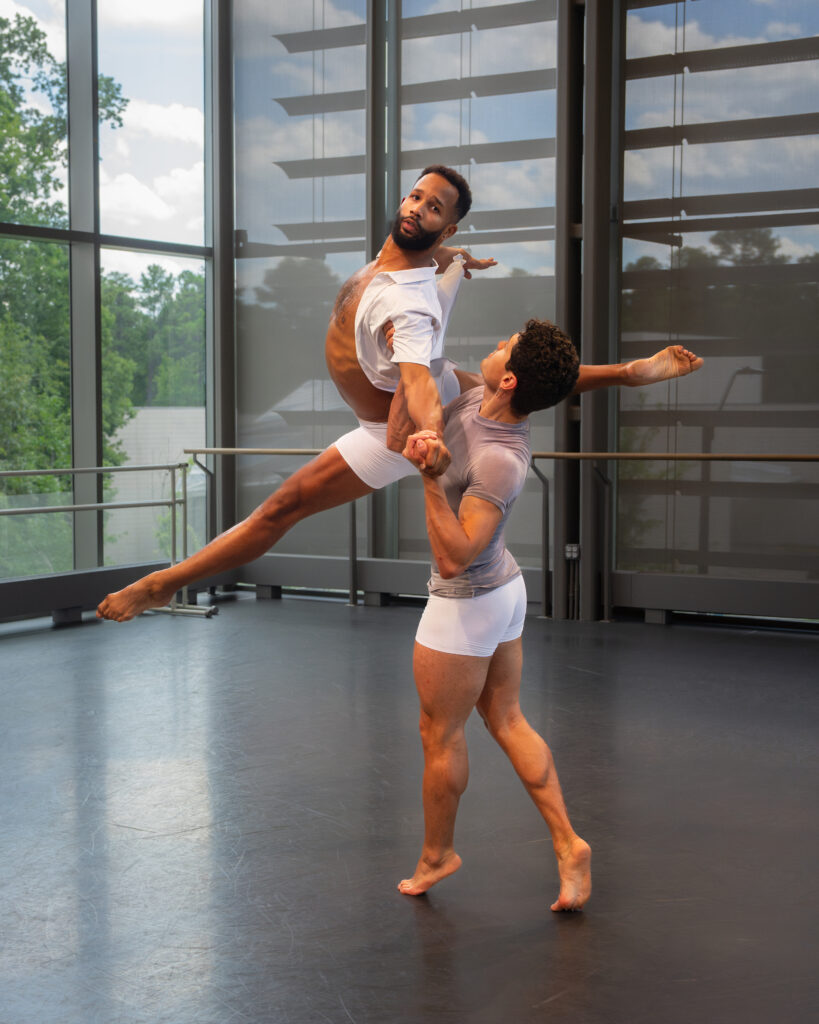
“I’m stepping away from the text to make sure certain things make sense in the medium of dance,” he says. “I use theatrical tricks as metaphor to suggest, to imply, versus being more literal and using props as in classical ballets. I want the audience to have a sense of suspended belief.” The musical score, which includes compositions by Maurice Ravel and original electronic music by Aaron Brown that incorporates spoken dialogue from the book, links the past and present, and dancers of color are cast in roles written as white.
“I want people to see inside the book, but also see my creative shifts,” he says. “The work gets into the idea there can be so much more fluidity in how people love or desire, and to keep creating understanding about people who might feel marginalized or ‘othered.’ ”
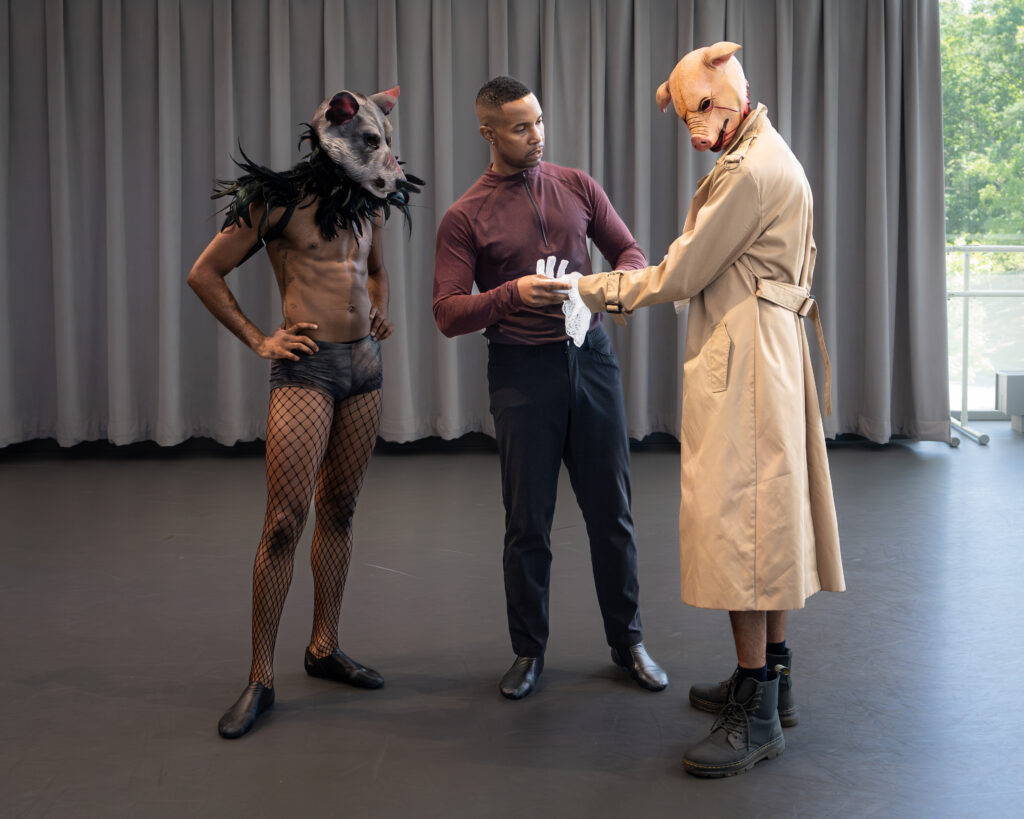
“It’s Not a Movie, It’s a Ballet”
As marketing departments have long understood, a familiar literary title tends to attract audiences. But preconceived notions of what a popular book “should” look like can cloud viewers’ impressions when they see it in movement form. On the other hand, adhering too closely to the complexities of a written narrative, where multiple characters and subplots may lack physical action, can also backfire.
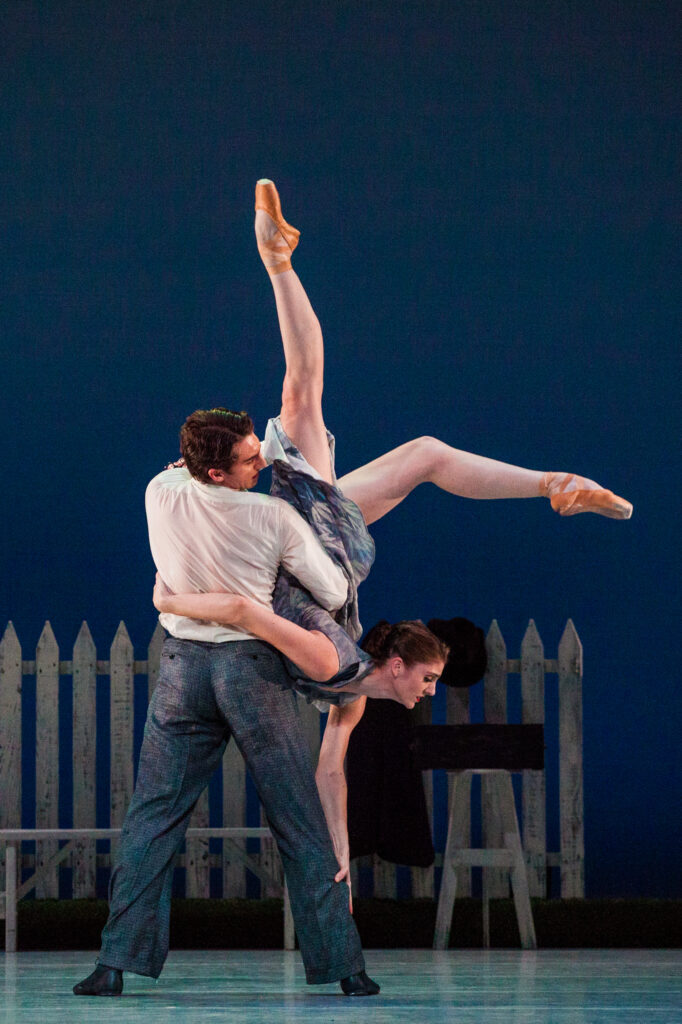
With The Handmaid’s Tale, York (whose ballet preceded the TV series) didn’t want to graphically represent the violence in the book, even though she knew certain audiences expected it. “The book has three rapes and two hangings, but I made it in a way that was stylized, that adults would understand but would not upset children,” York says. “To make it too dark and literal would not have accomplished much in the way of my goal, which was to awaken people. It’s not a movie, it’s a ballet!”
Val Caniparoli took the opposite approach with Shirley Jackson’s famously disturbing short story “The Lottery.” He used the built-in uncertainty of live performance to intensify the story’s messages about the devastating consequences that can result from societal pressure, conformity, and ritual. In Caniparoli’s self-described “experiment,” the casting of the principal character, who performs a fiendish solo before being stoned to death, is decided each night by the dancers in an actual, onstage lottery.
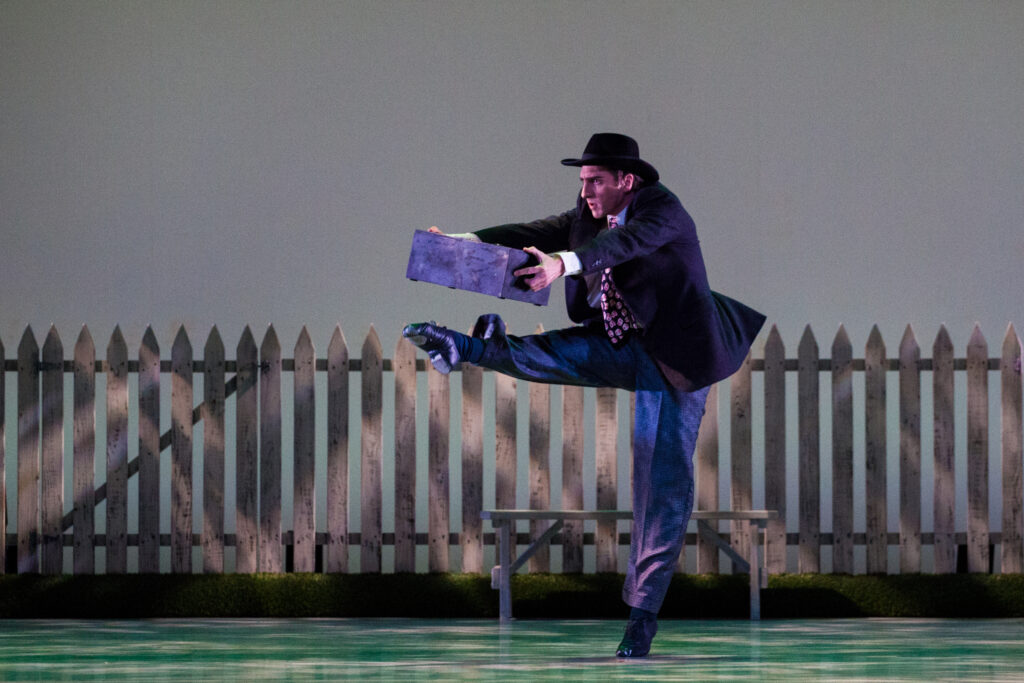
“The uneasiness the dancers had onstage, I knew the audience would also have,” he says. “It was shocking to everyone—you could hear the audience gasp every night. There’s a lot of power in that.” Blending the literal—an actual lottery—with a metaphorical climax pulls the audience that much closer, casting them as witnesses and players complicit in the tragic outcome. Caniparoli says that’s what makes a dance adaptation work.
“You have to get the audience invested, to really care about and feel for the characters onstage,” he says. “If you don’t feel for these people, it’s empty.”
Why Literary Ballet Adaptations Matter
Choreographers like Marston, Harrison, Caniparoli, and York have discovered that presenting a writer’s work through the medium of dance—where, unlike reading a book that can be set aside, they’ll take in the entire experience in one sitting—makes a special sort of impact.
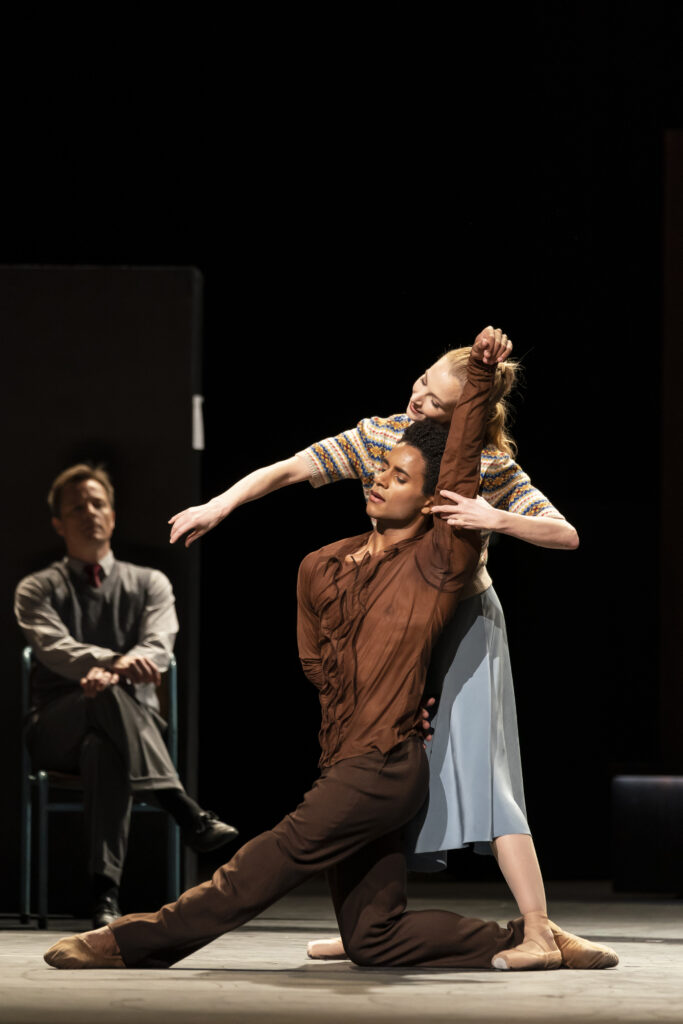
“The body can say more than one thing at a time,” says Marston. “Dance gets to an internal world more easily than through words, which are something that live in our outer world. Very often, you feel one thing and think another thing, or want two things at the same time. In movement, you can layer those things even within one body, amplifying and playing with them.”
The legalities of getting the rights to adapt a literary work, finding or creating a musical score, and securing a commission or backing to produce the work can take years. Both Caniparoli and York said their pieces were more than a decade in the making. But in today’s visually obsessed world, dance can revitalize a work of literature more than ever before. And while choreographing literature can regenerate excitement about a writer’s work, it’s also important for the dance world, Kendall says.
“Dance has to stay alive, to keep up with the times, to have people using this language to tell a story,” she says. “It’s the lifeblood of the art form. People should ask themselves, ‘What book would I like to see danced?’ ”
